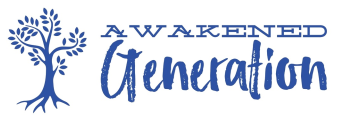If You do not (Do)Organic Chemistry By David Klein Solution Manual Now, You will Hate Your self Later
Organic chemistry is a branch of chemistry that deals with the structure, properties, and reactions of organic compounds. David Klein’s solution manual for organic chemistry is a valuable resource for students and professionals alike. In this article, we will explore the key concepts of organic chemistry covered in the solution manual.
One of the fundamental concepts in organic chemistry is the structure of organic compounds. Organic compounds are made up of carbon atoms that can form covalent bonds with other atoms such as hydrogen, oxygen, nitrogen, and sulfur. The arrangement of these atoms in a molecule determines its properties and reactivity. The solution manual by David Klein provides step-by-step explanations and examples of how to determine the structure of organic compounds using principles of molecular structure and bonding.
Another important aspect of organic chemistry is the naming and classification of organic compounds. The solution manual includes a detailed guide on how to name organic compounds based on the IUPAC (International Union of Pure and Applied Chemistry) nomenclature system. Understanding the naming conventions of organic compounds is essential for effective communication and interpretation of chemical structures.
Organic chemistry also involves the study of chemical reactions and mechanisms. The solution manual by David Klein covers a wide range of reactions such as substitution, elimination, addition, and oxidation-reduction reactions. Each reaction is explained using detailed step-by-step mechanisms, highlighting the key intermediates and transition states involved in the process.
Furthermore, the solution manual delves into spectroscopic techniques used for the analysis of organic compounds. Techniques such as infrared spectroscopy, nuclear magnetic resonance (NMR) spectroscopy, and mass spectrometry are essential tools for identifying and characterizing organic compounds. The solution manual provides practical examples and exercises to help students interpret spectroscopic data and solve complex problems.
Organic chemistry also encompasses the study of functional groups, which are specific arrangements of atoms within a molecule that confer distinct chemical properties. The solution manual by David Klein categorizes and describes the properties of common functional groups such as alcohols, aldehydes, ketones, carboxylic acids, and amines. Understanding the reactivity of functional groups is crucial for predicting the outcome of chemical reactions and designing new molecules.
In conclusion, the solution manual for organic chemistry by david klein solution manual chemistry by David Klein is a comprehensive guide that covers the key concepts and principles of organic chemistry. Whether you are a student studying organic chemistry for the first time or a professional looking to refresh your knowledge, this solution manual is a valuable resource. By following the detailed explanations, examples, and exercises provided in the manual, you can enhance your understanding of organic chemistry and apply it to solve real-world problems.


